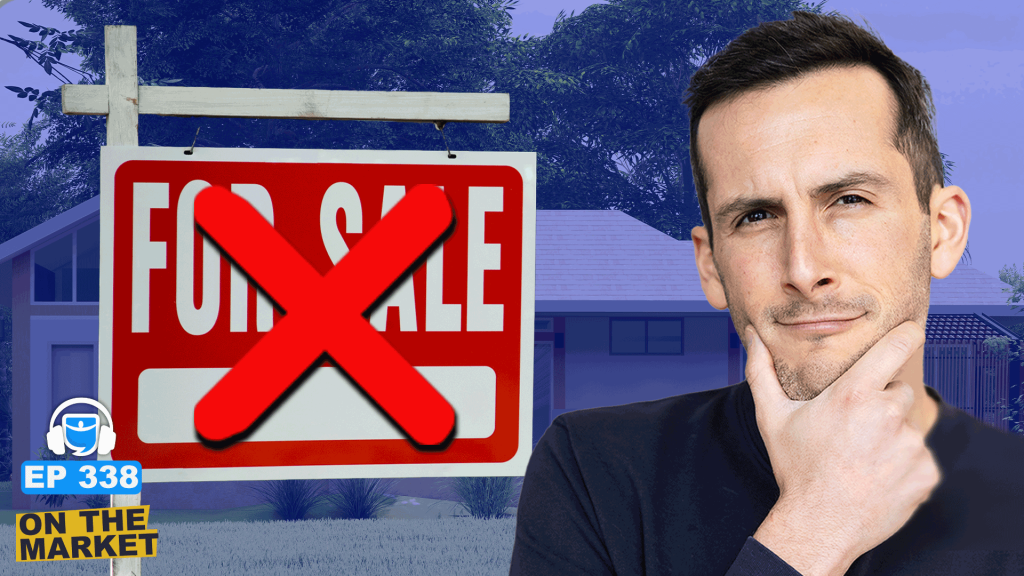Title: Three Game-Changing Trends Shaping the Future of Home Prices
The real estate market, historically characterized by cyclical booms and busts, is poised for transformative changes driven by powerful trends. For prospective buyers, sellers, and real estate professionals alike, understanding these trends is crucial for navigating the evolving landscape. Here are three game-changing trends shaping the future of home prices.
1. Technological Integration and Smart Homes
The integration of technology into residential spaces is revolutionizing real estate, not just in how homes are marketed and sold, but in the nature of the homes themselves. Smart home technologies, encompassing everything from energy-efficient heating and cooling systems to advanced security features and AI-enhanced appliances, are increasingly in demand.
As homeowners and buyers prioritize connectivity and efficiency, properties equipped with the latest smart technologies often command higher prices. These homes offer potential cost savings on utilities and added convenience that is appealing to tech-savvy individuals and families. The premium on technologically advanced homes is expected to rise as more people experience the benefits of smart living. Consequently, homebuilders and sellers are adapting, highlighting smart technologies as a key selling point.
2. The Shift Towards Sustainable Living
Environmental consciousness is no longer a niche concern — it’s a mainstream movement impacting various sectors, including real estate. As climate change concerns grow, more buyers are seeking homes that reflect their commitment to sustainability. Features like solar panels, sustainable building materials, and energy-efficient appliances are now highly sought after.
This trend is also driven by increasingly stringent regulations regarding energy efficiency and emissions in many regions. Homes that meet or exceed these regulations are not only environmentally friendly but also economically advantageous in terms of lower utility costs and increased home values. As sustainability continues to shape consumer preferences, homes lacking eco-friendly features may see a relative decline in market value.
3. Remote Work and Urban-Suburban Shifts
The remote work revolution, accelerated by the COVID-19 pandemic, has led to significant changes in where people choose to live. As more companies adopt flexible work policies, employees are no longer tethered to offices in major urban centers. This shift has fueled migration from densely populated cities to suburban and rural areas, leading to a surge in demand and prices in these regions.
Homes in less crowded areas offer more space, both indoors and outdoors, which is increasingly valued as families seek comfortable environments for work, education, and leisure. Conversely, some urban markets have experienced a moderation in price growth as the demand dynamics shift. However, this trend is not uniform, as certain cities with strong cultural, educational, or infrastructural appeal continue to attract buyers despite remote work trends.
Conclusion
Navigating the complexities of the real estate market requires a keen understanding of emerging trends. Technological advancements, sustainability, and changes in work patterns are profoundly influencing home prices. As these forces continue to evolve, stakeholders in the real estate market must stay informed and adaptable to leverage opportunities and mitigate risks in this dynamic environment.
Understanding and acting on these trends will be critical for those looking to buy, sell, or invest in real estate in the coming years. As the industry adjusts to these new realities, one thing is clear: the future of home prices will be shaped by a blend of technology, consciousness, and flexibility.

